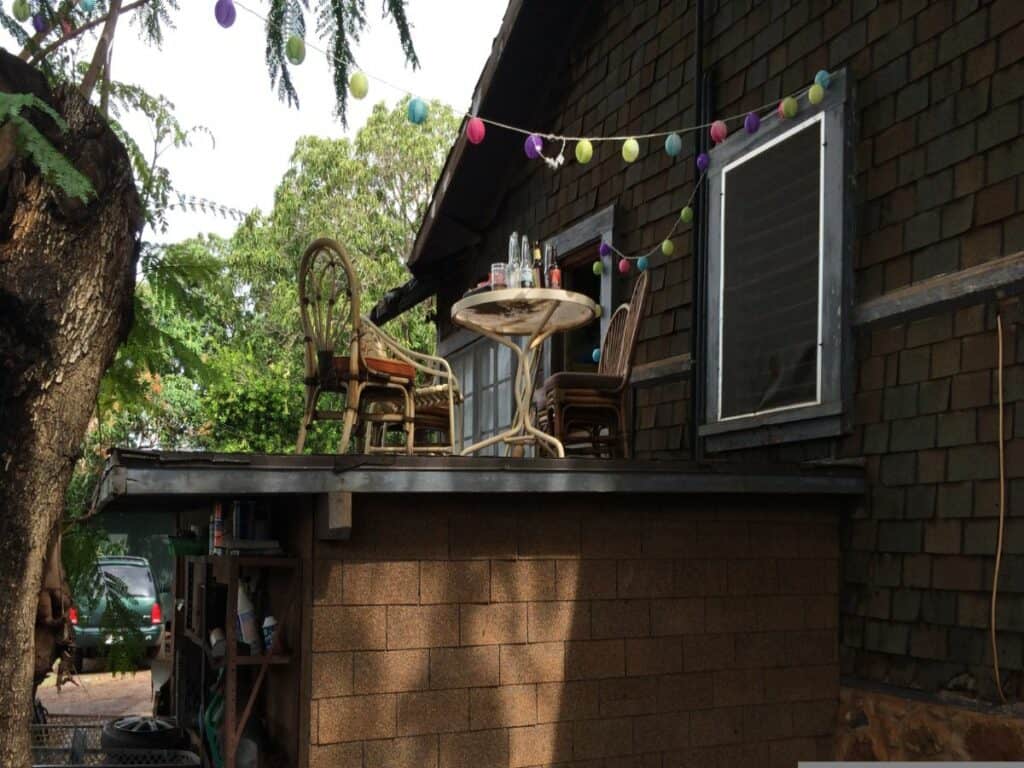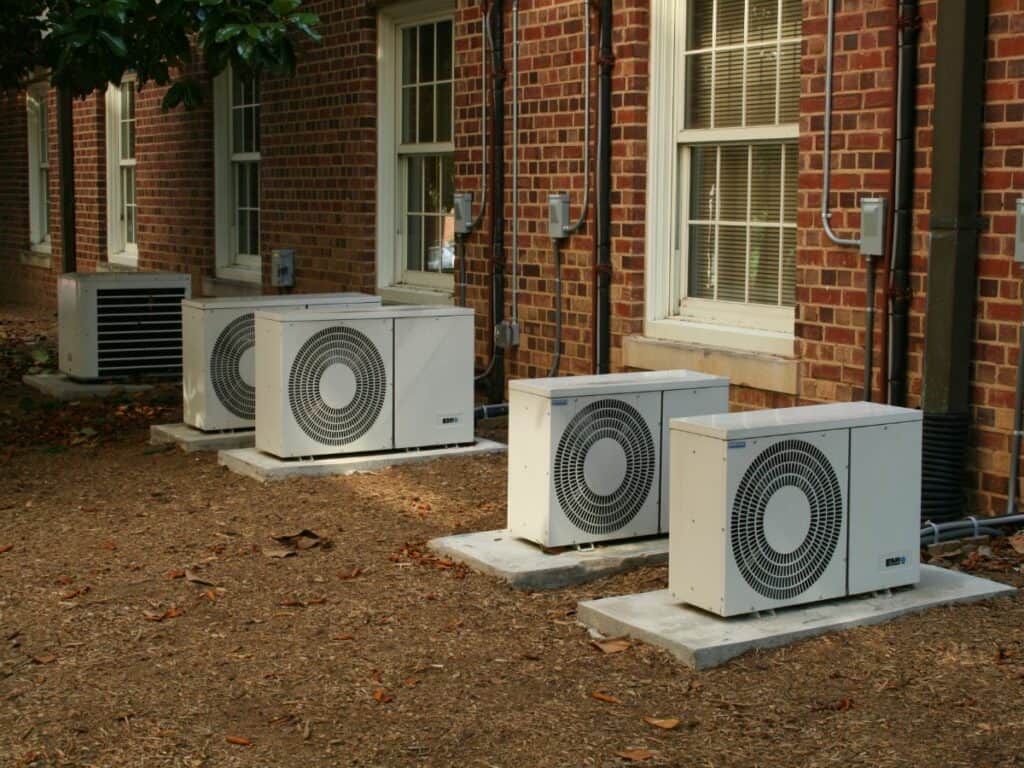Do you Need Air Conditioning in Hawaii?
When most people think about Hawaii, they imagine a paradise-like place: sandy beaches, warm weather, and palm trees. However, many visitors don’t realize that Hawaii can be hot and humid, especially during the summer.
So, do you need air conditioning in Hawaii? While air conditioning isn’t essential, it can make your stay more comfortable. After all, there’s nothing worse than trying to sleep in a sweltering room.
Air conditioning can be a welcome relief during these times, and it can also help to reduce indoor humidity levels. As a result, many homes in Hawaii do have air conditioning units, even though they may not be used daily.
Ultimately, whether or not you need air conditioning in Hawaii is a personal decision. But for those who like to be prepared for any situation, it’s definitely worth considering.
If you’re planning to visit during the hotter months of the year, we recommend packing a small travel fan or bringing a portable air conditioner.
What is the temperature like in Hawaii throughout the year?

Hawaii is a year-round paradise, with sunshine and warm temperatures beckoning visitors from all over the world.
The average temperature in Hawaii is about 80 degrees Fahrenheit, although it can vary depending on the island and the time of year. Generally, the temperatures are highest from June to September, and the coldest months are January and February.
However, even during the cooler months, the temperatures in Hawaii are usually pleasant enough to enjoy all of the activities the islands offer. From hiking to swimming or snorkeling, there is always something to do in Hawaii.
How does air conditioning work

Air conditioners use a process known as the refrigeration cycle to cool the air in your home. In short, this cycle moves heat inside your home to the outside, making the air inside feel cooler.
Air conditioners rely on various components, including compressors, evaporator coils, and condenser coils. The refrigerant is what absorbs and releases the heat as it moves through these components.
The compressor squeezes the refrigerant into a high-pressure liquid. Next, the high-pressure fluid is moved through the evaporator coils, where it starts to evaporate and absorb heat from the air inside your home.
Finally, the new low-pressure gas is moved through the condenser coils, releasing its heat into the outside air and turning it back into a liquid.
This process repeats over and over again until your desired temperature is reached.
How does the humidity affect air conditioners, and how can you combat it
Most people think that the only reason air conditioners exist is to combat heat.
However, air conditioners also remove moisture from the air. This is important because high humidity levels can lead to problems such as mold and mildew growth, musty odors, and condensation on windows.
Too much moisture in the air can also make it feel warmer than it is, making it harder for your air conditioner to keep your home cool and comfortable.
You can do a few things to combat high humidity levels in your home.
- Make sure that your air conditioner is appropriately sized for your space. An oversized air conditioner will quickly cool your home with high humidity levels.
- Install a whole-house dehumidifier to help remove moisture from the air.
- Ensure your home is well-ventilated so moist air can escape and dry air can circulate.
What are some of the benefits of using air conditioning in Hawaii?
The tropical climate can be uncomfortable without a way to cool off, and the high humidity can lead to health problems.
AC units help remove moisture from the air, making it easier to breathe and reducing the risk of mold and mildew growth.
In addition, air conditioners can improve air quality by trapping pollen and other allergens. They also help keep rooms cooler, minimizing the risk of heat-related illnesses.
How much does it cost to install or use an air conditioner in Hawaii?
While the cost of installation and usage will vary depending on several factors, including the size of the unit and the climate, homeowners can expect to spend an average of $200-$300 per month on their air conditioning bills.
For those who live in more rural areas or who experience cooler temperatures, the cost may be lower. However, those who live in urban areas or who experience higher temperatures will likely see their bill increase.
Additionally, the cost of air conditioning in Hawaii is often higher than in other parts due to the increased demand during the summer months.
According to coolerairtoday.com, A well-sized cooling system for a home in Hawaii costs between $3500 and $10,000.
Do you need a permit to install split AC in Hawaii?
If you’re planning on installing a split AC unit in Hawaii, you’ll need to obtain a building permit first. Hawaii County is the only county in the state requiring a license for this installation.
The process is relatively simple and requires filling out a few forms and paying a small fee. Once you have your permit, you can proceed with the installation.
Remember that a licensed contractor must install split AC units, so be sure to hire a reputable professional to do the work. With some planning, you can have your new AC unit up and running in no time.
Are there any alternatives to air conditioning?
One alternative is to install ceiling fans. Ceiling fans circulate the air in a room, helping to evaporate sweat and creating a cooling effect.
They are much cheaper to run than air conditioners and can be used with other cooling strategies, such as opening windows at night.
Another possibility is using evaporative coolers, which blow air over water-soaked pads.
This cooler is particularly effective in dry climates and can be used indoors or outdoors.
Finally, you could rely on good old-fashioned cross ventilation. By opening doors and windows on opposite sides of a room, you can create a natural airflow that will help cool things down.






